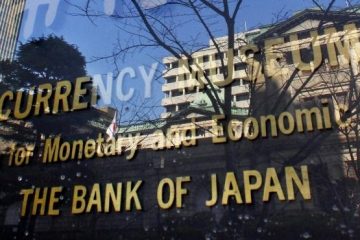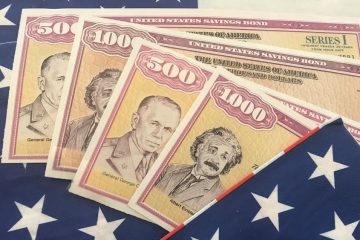Dollar tramples yen and safe-haven status, gold gains

The strong dollar got stronger on Thursday, rising to a three-year high against a basket of trading partner currencies, after a steep slide in the Japanese yen called into question its safe-haven status while the rally in U.S. equities took a pause.
Gold prices hit their highest level in seven years as investors sought safe-haven assets after a rise in the number of new coronavirus cases in South Korea and the price of oil rose, supported by China’s efforts to bolster its virus-weakened economy.
The dollar has surged almost 2% since Tuesday against the yen, reaching its highest in almost 10 months, and the greenback climbed to near three-year highs against the euro.
The dollar index of the world’s most-traded currencies rose 0.12% to its highest level since May 2017.
The index is up 3.6% this year. It also gained to its best levels of the year against China’s offshore yuan and MSCI’s index of emerging-market currencies.
A host of reasons were cited for the dollar’s move, ranging from the outperformance of the U.S. economy and corporate earnings to potential recessions in Japan and the euro zone.
A run of dire economic news out of Japan has stirred talk the country is already in recession and that Japanese funds were dumping local assets in favor of U.S. shares and gold.
“The strongest explanation (for the yen’s decline) is a widespread selling by Japanese asset managers amid growing fears about the health of Japan’s economy,” said Raffi Boyadijian, investment analyst at XM.
The yen’s slide is unusual because the exchange rate with the dollar has been unraveling from its close correlation to the price of gold and U.S. Treasury yields, a development that must be watched, he said.
“This raises question marks about whether the yen is losing some of its shine as the world’s preferred safe-haven currency,” Boyadijian said.
China reported a drop in new virus cases and announced an interest rate cut to buttress its economy. But South Korea recorded an increase in new cases, Japan reported two deaths and researchers said the pathogen seemed to spread more easily than previously believed.
A rally that had lifted major U.S. and European stock indexes to record highs this week lost steam, as investors fretted about the spread of the coronavirus outside of China.
MSCI’s gauge of stocks across the globe shed 0.84% and emerging market stocks lost 0.95%.
The pan-European STOXX 600 index lost 0.62%.
The Dow Jones Industrial Average fell 283.03 points, or 0.96%, to 29,065. The S&P 500 lost 30.99 points, or 0.92%, to 3,355.16 and the Nasdaq Composite dropped 131.33 points, or 1.34%, to 9,685.85.
Morgan Stanley’s multibillion-dollar buyout for E*Trade Financial boosted the discount brokerage’s shares.
E*Trade jumped 24.4% after Morgan Stanley offered to pay $ 13 billion in an all-stock deal, the biggest acquisition by a Wall Street bank since the financial crisis.
Morgan Stanley’s shares fell 3.6%.
MSCI’s broadest index of Asia-Pacific shares outside Japan slipped 0.5% overnight, led by drops in Hong Kong’s Hang Seng and South Korea’s KOSPI.
Spot gold rose 0.3% to $ 1,616.74 an ounce, after hitting its highest since February 2013 at $ 1,622.19.
Oil prices rose further after a U.S. report showed a draw in gasoline inventories and a much smaller-than-anticipated rise in crude stocks.
U.S. gasoline stockpiles fell 2 million barrels in the week to Feb. 14. Analysts had estimated an increase of 400,000 barrels.
Data from the U.S. Energy Information Administration (EIA) showed that crude inventories rose only 414,000 barrels last week, compared with a 2.5 million-barrel rise that analysts had expected in a Reuters poll. [EIA/S]
Brent crude futures rose 58 cents to $ 59.70 a barrel and West Texas Intermediate gained 91 cents to $ 54.20 a barrel.
Demand for safe-haven U.S. Treasury debt was robust, driving the 30-year bond yield below the psychologically significant 2% level to its lowest since September 2019.
The 30-year bond last rose 39/32 in price to push its yield down to 1.9626%.
Benchmark 10-year notes last rose 17/32 in price to yield 1.5135%.



